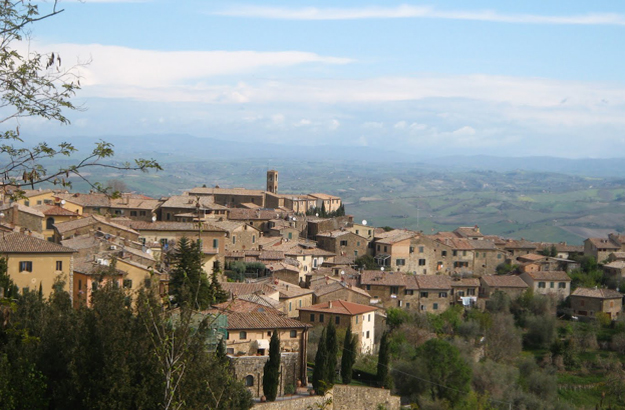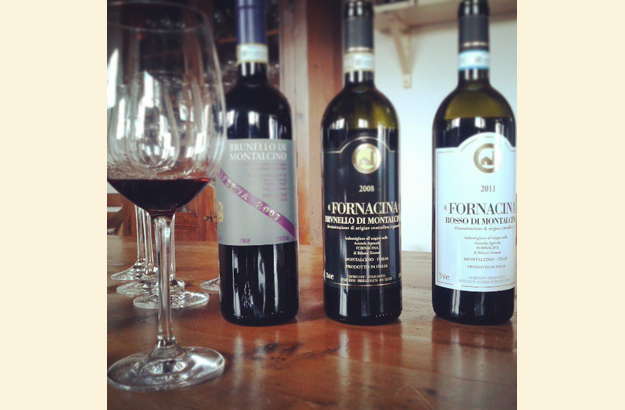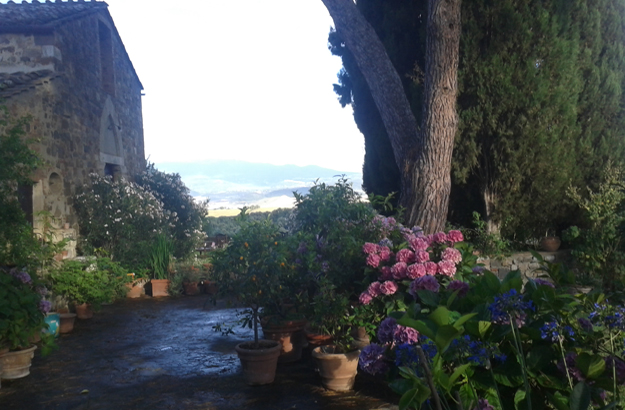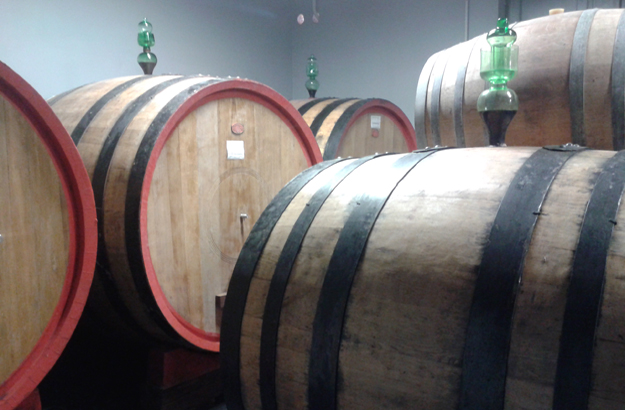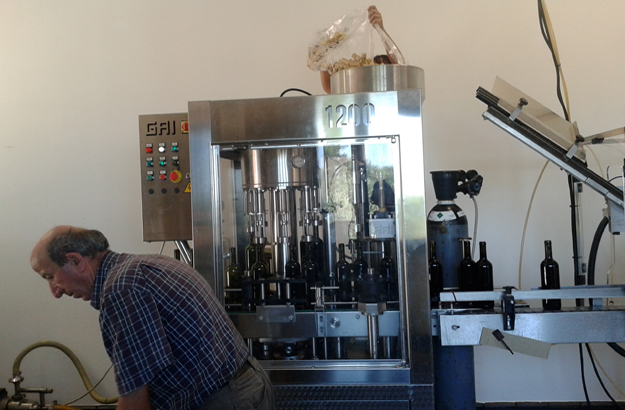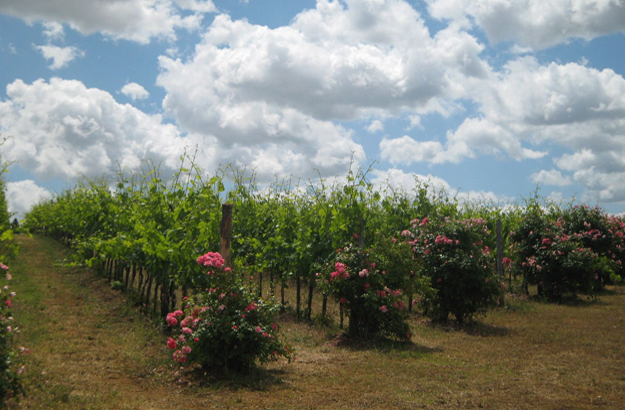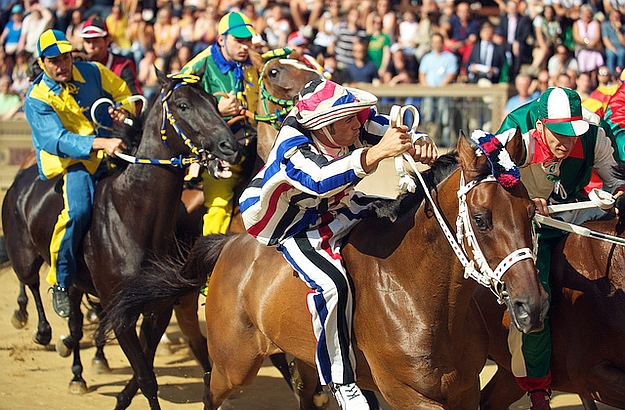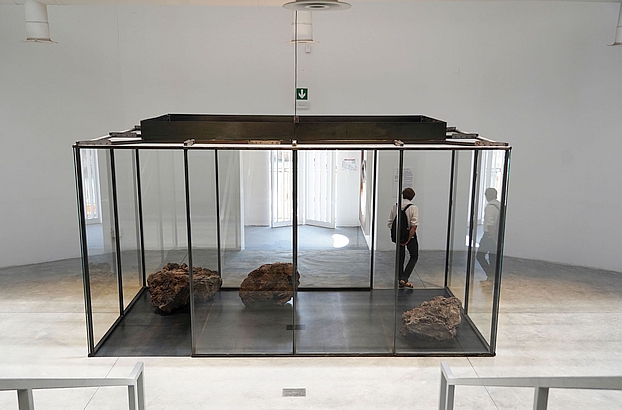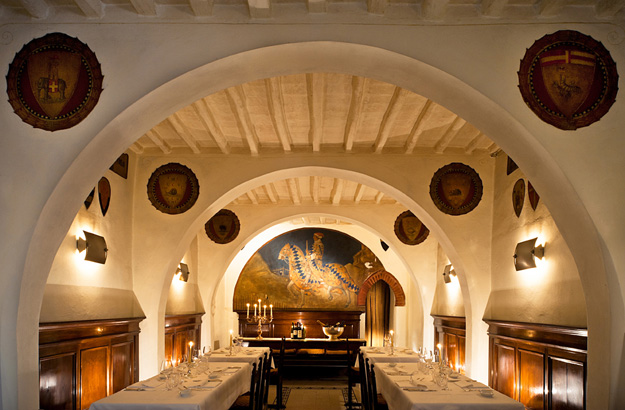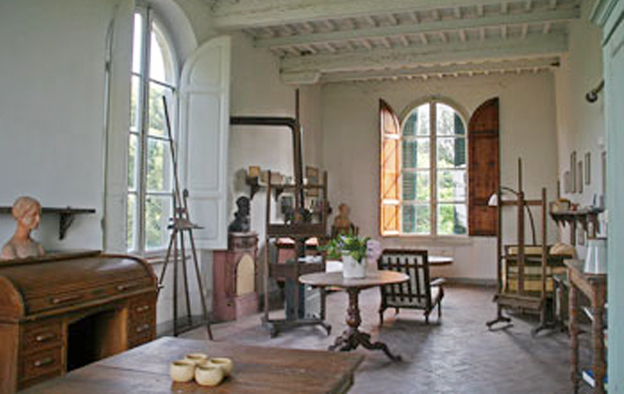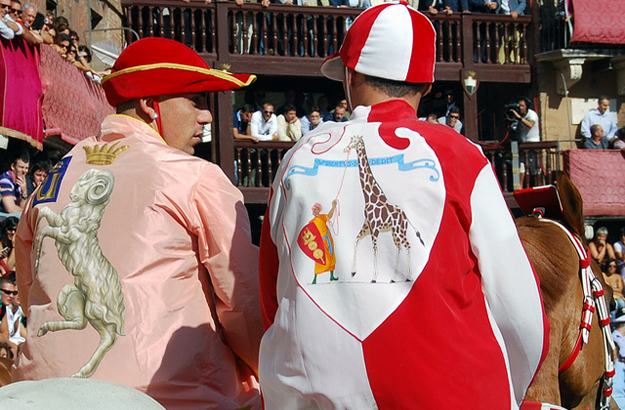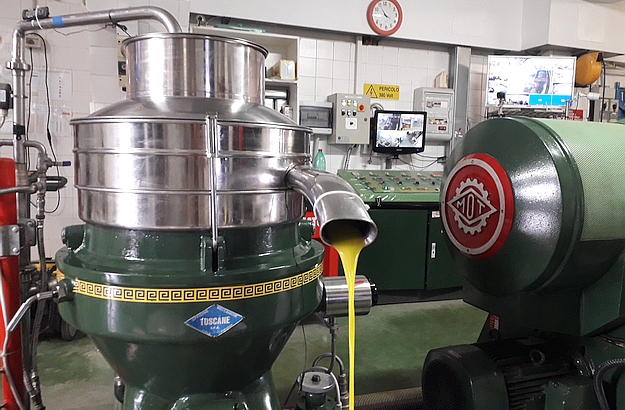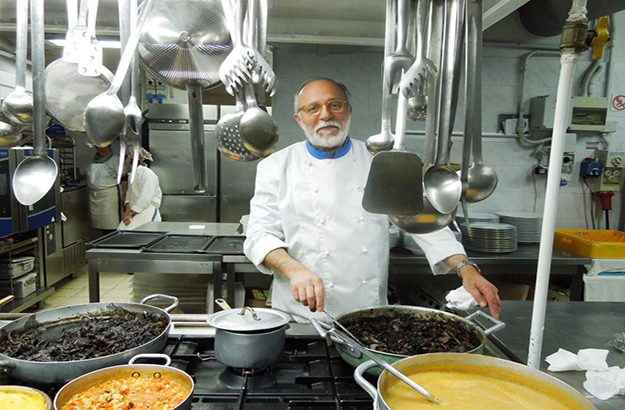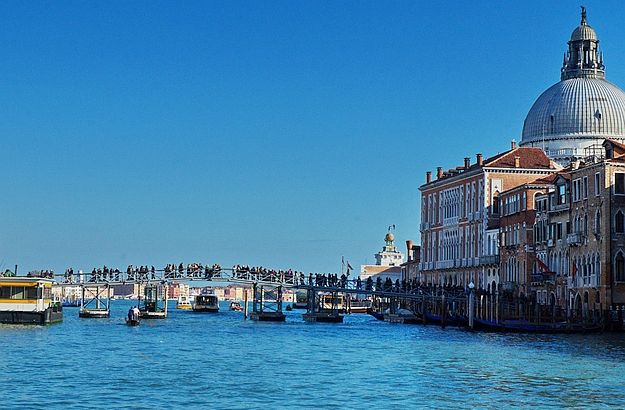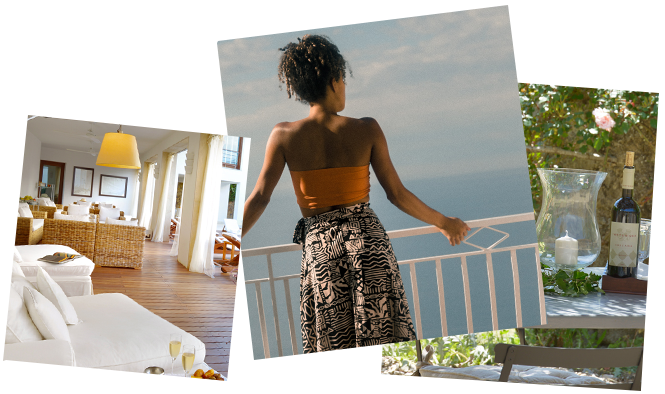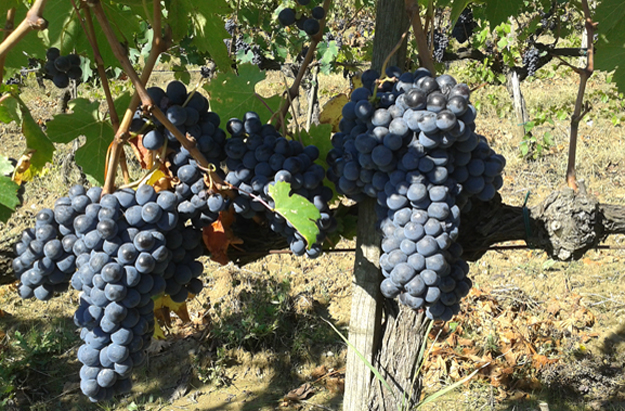
The Ultimate Tuscan Wine Tours
In vino veritas. This is Latin and it means: “In wine there is truth”. Yes indeed, there is truth in wine, and a lot more as well – design, intent, know-how, genius and life!
Over the last 20 years, I have had the chance to visit scores of wineries in Italy, particularly in Tuscany. I have even worked at the Castello di Brolio (Barone Ricasoli) estate, Italy’s oldest continually operating winery. Yet, I still learn something new, something that astonishes me, every time I take another vineyard tour.
One of the things that have most evolved and expanded since I was first introduced to the magic of viticulture, is no doubt the growing interest taken in the local grape varieties, as well as the increasing efforts made to produce organic grapes and operate wineries in a sustainable fashion. While the development of the so-called Super Tuscan wines has brought about the use of French megastar vines such as the Merlot and Cabernet Sauvignon, the majority of Tuscan red wines is still produced with the famous central Italy’s Sangiovese grape variety. The “blood of Jove” (Sangiovese comes from the Latin Sanguis Jovis) is in fact the only variety allowed in the production of the much sought-after Rosso di Montalcino and Brunello di Montalcino wines.
Who on Earth ever gets tired of tasting new wines? Not me! But I also never grow weary of meeting the winemakers themselves, because they always have something new to teach me or to show me – a new process, some new equipment or facilities, a little piece of history. For instance, this is something I discovered quite recently: do you know why lovely rosebushes are traditionally planted alongside the vines in many vineyards? It has nothing to do with aesthetics. The roses show signs of an infestation with the Oidium mildew fungi before the vines do, and hence allow the vintner to intervene in time with the appropriate fungicide to prevent the disease! Nice trick, isn’t it?
Montalcino, the beautiful hilltop town where the great Tuscan Rosso and Brunello wines are produced, is located about 120 km south of Florence. It is surrounded by more than 250 wineries!
You would like to reconnoitre some of them? We will be happy to book a visit for you at one of our favourite estates, or alternatively organize for you a guided full-day or half-day tour of several wineries, in English, German or French. Private visits can also be organized in selected vineyards in the Maremma, Montepulciano or Chianti Classico areas. Please do not hesitate to send Katja an email katja@trustandtravel.com for more information.
Salute!

